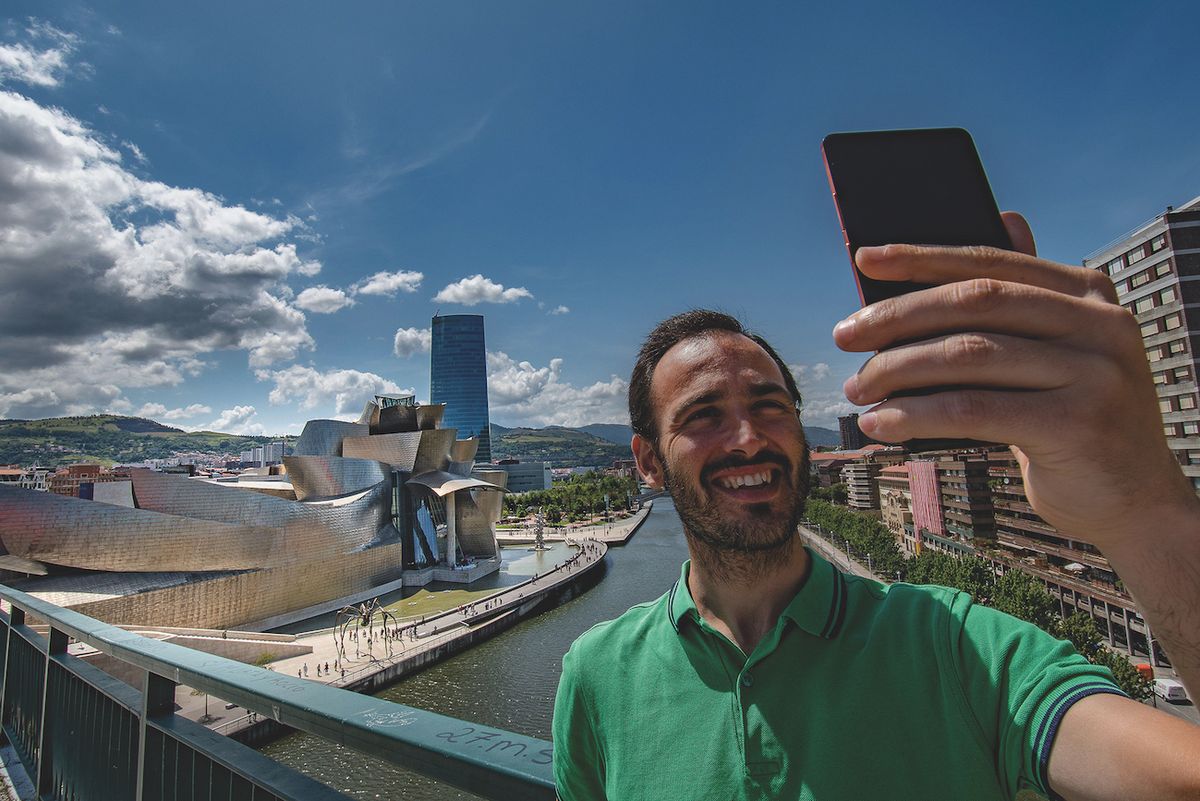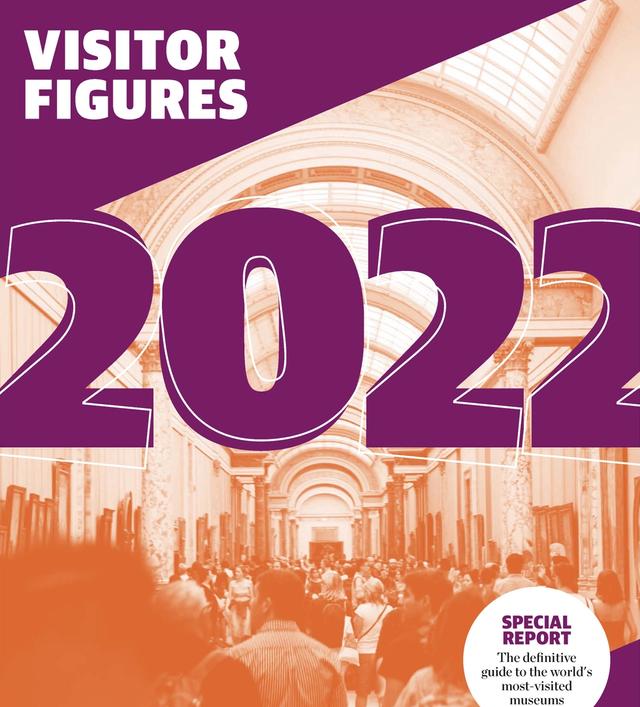In a year that has seen post-Covid digital fatigue paired with a tumultuous social media landscape, our museum social media survey is somewhat muted. For the fourth consecutive year, we have added up the total Instagram, Facebook, Twitter and TikTok followers for the 100 most-visited museums in our annual visitor survey. Amid the financial crisis at Facebook and Instagram’s parent company Meta, protests against Instagram’s commodification and Elon Musk’s riotous takeover of Twitter, it is almost a wonder that there is a social media landscape to research at all.
Every institution has seen an overall growth of its social media followings to varying degrees. While the top 15 most followed museums remain the same, there is interesting movement among the next five. Amsterdam’s Rijksmuseum has moved up four places to 16th position. Its popularity can be attributed in no small part to the museum’s major Johannes Vermeer blockbuster, which, after much press attention in the lead up, opened on 10 February and was sold out within 48 hours. Several of its recent Instagram Reels on the Dutch artist have received more than 100,000 views each, and the droves of visitors posting photos of the show are further improving the museum’s social media standing.

© The Art Newspaper
The Guggenheim Museum Bilbao in Spain makes its first appearance in the top 20 this year with more than 60% growth in social media followers. The boost may have come from heightened social media activity and publicity around its 50th anniversary in 2022.
To TikTok or not?
The National Gallery in London has seen an almost 10% increase in social media followers, which is particularly interesting given its slow recovery of in-person visitors. It is currently two years into a five-year plan to “build its profile nationally and globally through social media, digital content subscriptions and a tour of masterpieces around the UK regions” ahead of its 200-year anniversary in 2024. The strategy includes joining platforms such as Snapchat and TikTok; since signing up to the latter in July 2021, the museum has gained almost 240,000 followers. Clearly it has been more successful in attracting digital visitors than real life ones.
It is notable how much landmark anniversaries and exhibitions affected museums’ social media growth—it will be interesting to see if this pattern is evident next year, particularly for the Pablo Picasso-related museums marking 50 years since the artist’s death.
Only 21 of the 100 most visited museums actually use TikTok
TikTok continues to be a slow burner for the world’s leading museums, with only 21 of the 100 most visited museums actually using it and just six of those having more than 100,000 followers. Madrid’s Museo Nacional del Prado continues to top the charts with more than 440,000 people following its fun and educational videos. The museum’s following has grown nearly 7%, almost entirely from Instagram and TikTok. “It’s not easy to manage, but it really pays off,” Javier Sainz de los Terreros, the Prado’s digital communication manager, told online news platform Blooloop. “Videos just go viral, and you reach people you wouldn’t normally be able to engage.”
Russian slump
Russian museums are conspicuously absent from the top 20. St Petersburg’s State Hermitage Museum was 16th last year and this year is 30th. In fact, the social media accounts of Russian museums are now mostly dormant, since Twitter, Facebook and Instagram were all banned, and TikTok restricted, following the war with Ukraine. Most accounts have not been deleted but have had no new content since March 2022, leaving a time capsule-like reminder of a different era.
For the first time since The Art Newspaper began gathering this data in 2020, the total number of followers for the 100 most-visited museums has decreased—by a not-insignificant 7%. While the top 100 museums change from year to year, the decrease is representative of a wider trend.
All platforms showed a decrease in followers, with Instagram and Twitter in particular seeing dramatic drops. As the social media stalwarts start to fall away perhaps this survey will need to include alternative platforms such as Mastodon and Discord in the future.
• Methodology: The data was collected on 7 March from the top 100 museums in our visitor survey for the four most popular English-language social media platforms: Facebook, Instagram, TikTok and Twitter. It is worth noting that the omission of non-English language sites—such as Sina Weibo, WeChat, Douyin, Telegram and VK—does skew the results towards Western museums



